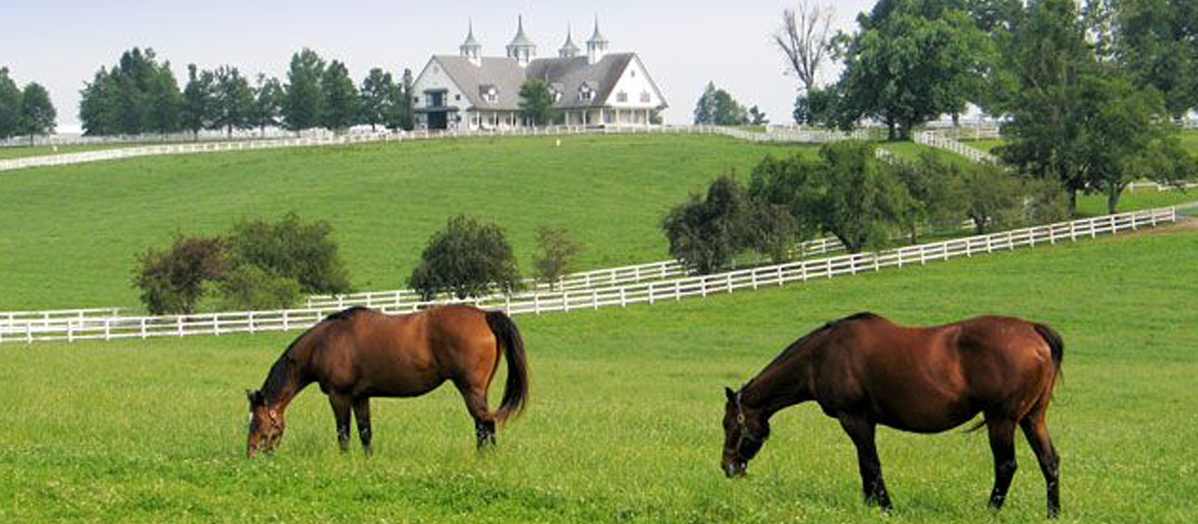365
Days in Horse Country – The Lipizzans of World War II

The Lipizzan, or Lipizzaner, breed is world famous for its talents in high-level dressage, made famous by the Spanish Riding School in Vienna. The majestic horses, which are born black, and mature to almost white, are muscular and athletic. They originated in Austria, where they were developed by the Hapsburg monarch in the sixteenth century.
Although most horse people are familiar with the Lipizzans, few know the story of how these magnificent animals were almost lost.
The story takes place during World War II. The year was 1945, and the place St. Martin in upper Austria. The Soviet army was in the throes of invading the region when Colonel Alois Podhajsky, the head of the Spanish Riding School, became concerned for his horse’s well-being. He had already evacuated a group of stallions from the Spanish Riding School, and the horses were now refugees in St. Martin.
Word of the horse’s plight reached U.S. General George Patton, who was an avid equestrian and had competed with Podhajsky at the Olympic Games. Patton arrived at St. Martin and was treated to a quick rehearsal performance by the Lippizans. Patton was so moved by their performance that he vowed to help Podhajsky rescue them. Upon Patton’s prompting, U.S. Undersecretary of War Robert Patterson agreed to place the stallions under the protection of the United States.
Meanwhile, a number of Lippizan stallions and mares had been taken by the Germans to a Nazi-run stud farm in occupied Czechoslovakia. When the Soviets invaded, the horses fell under their control. Fearing that the horses would be slaughtered for food, Patton issued orders for the horse’s rescue. On April 28, 1945, the horses were evacuated by the U.S. forces and taken to a safe haven elsewhere in Austria.
Michael







